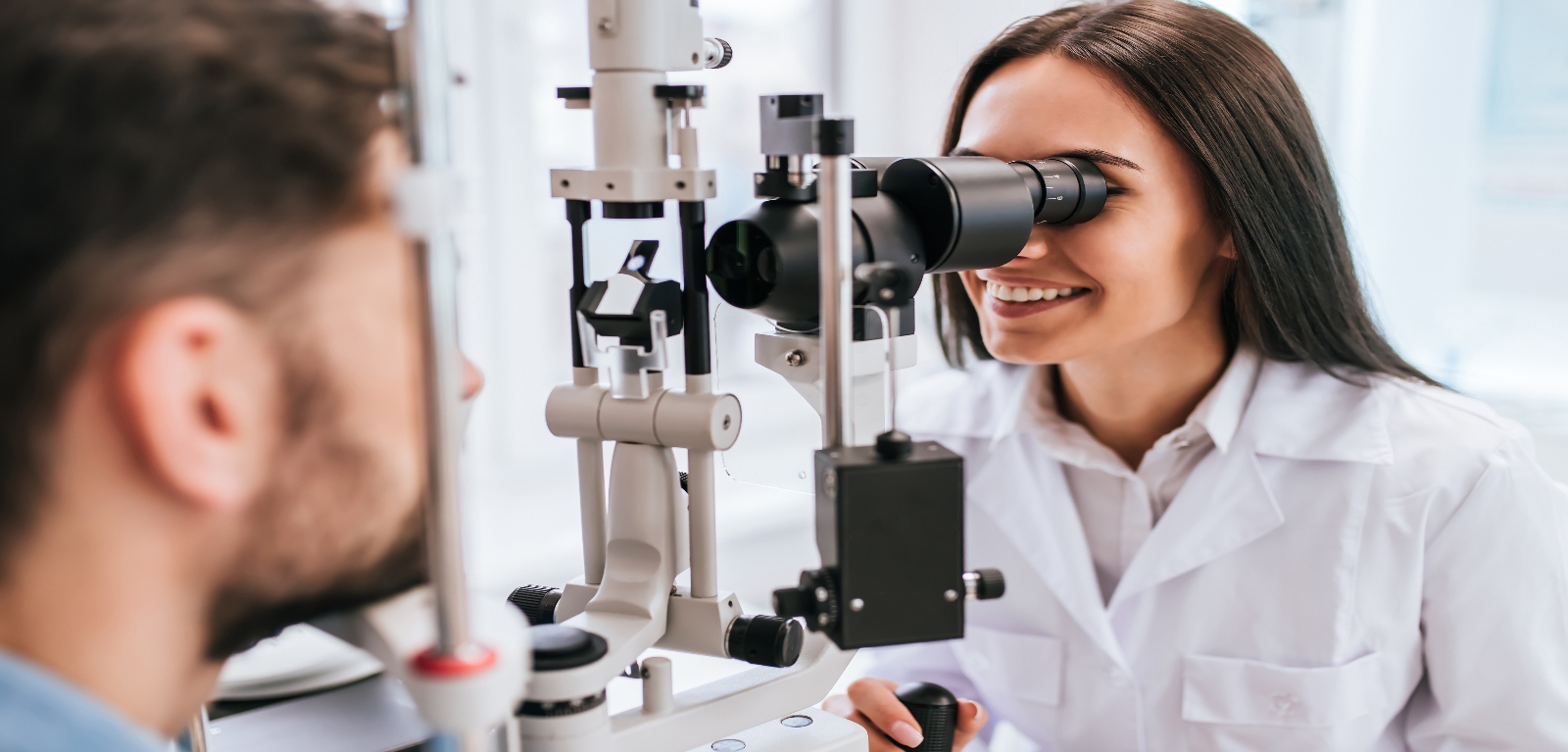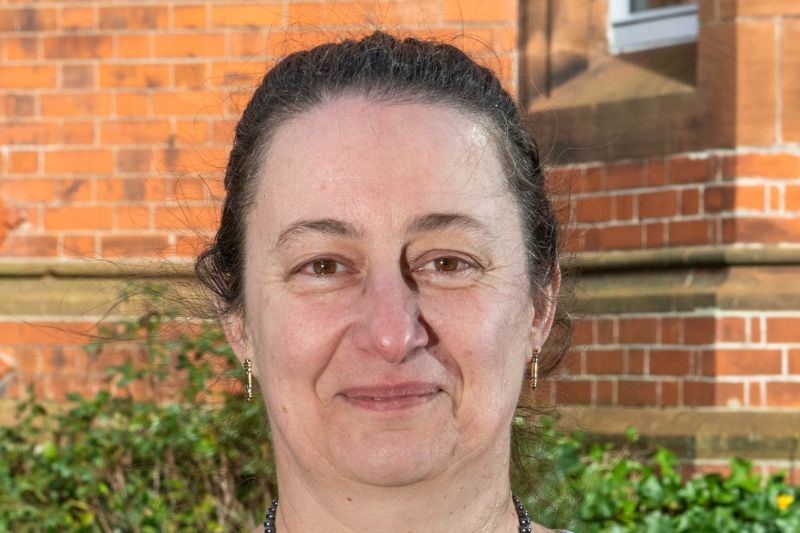Vision loss could be treated in one billion people worldwide, unlocking human potential
Treating these one billion people could also accelerate global development.

Leading researchers in eye health from the Centre for Public Health at Queen’s University Belfast have played a key role in presenting a Commission report, authored by 73 leading experts from 25 countries, that calls for eye care to be included in mainstream health services and development policies, arguing that it is essential to achieving universal health coverage and the 2030 UN Sustainable Development Goals (SDGs).
Addressing avoidable vision loss with existing, highly cost-effective treatments, and improving inclusion of people living with permanent vision loss in society, offers enormous potential to improve the economic outlook of individuals and nations, and to contribute to a healthier, safer, more equitable world, according to the new Commission report on Global Eye Health published in The Lancet Global Health journal.
Without additional investment in global eye health, new estimates reveal that 1.8 billion people are expected to be living with untreated vision loss by 2050. The vast majority of these (90%) reside in low- and middle-income countries (LMICs), with the greatest proportion occurring in Asia and sub-Saharan Africa.
Building on the foundation laid by WHO and partners in VISION 2020, and the recent WHO World Report on Vision, this Commission synthesises the latest evidence with new epidemiological and economic analyses to demonstrate that—with the right tools, strategies, and sufficient funding—improving eye health has immediate and substantial benefits for economic and social prosperity for individuals and nations.
Professor Tunde Peto, Professor of Clinical Ophthalmology from the Centre for Public Health at Queen's University Belfast, explains: “The collective work presented in this publication goes way beyond knowledge, insights and detailed analysis. It provides clarity, actions and ambition that by improving eye health, we can together contribute to achieving enhanced quality-of-life outcomes not only for the patients but for carers and wider society.
“The research and solutions presented will resonate globally and I’m immensely proud to have contributed to this compelling report.”
Recent decades have seen substantial progress in eye health, including against the major infectious causes of blindness (onchocerciasis and trachoma), resulting in global rates of blindness and vision impairment in all ages declining by around 29% between 1990 and 2020. However, this progress hangs in the balance. The continuously expanding and ageing global population together with lifestyle changes (e.g., physical inactivity and poor diet) are driving worldwide increases in chronic eye diseases associated with ageing.
New analysis done by the Commission authors reveals that enhancing eye health is essential to achieving many of the SDGs—contributing to improvements in gender equality, education, employment prospects, work productivity, household income, and economic productivity.
The Commission also underscores the shortfall in eye healthcare workforce as a major barrier to care in LMICs—with one ophthalmologist to serve one million people in parts of sub-Saharan Africa, compared to an average of 76 ophthalmologists per million people in high-income countries.
Professor Nathan Congdon, Ulverscroft Chair of Global Eye Health at the Centre for Public Health at Queen’s University Belfast, and a co-author of the report, said: “We already know exactly how to treat and prevent the diseases responsible for 90% of the world’s blindness and poor vision. We hope this report can help catalyse the necessary investments from governments, industry and communities to end avoidable blindness for good. The proven return such eye care spending is $4 to the dollar.”
The Commission’s evidence shows that impaired vision disproportionately affects women, rural populations, and ethnic minority groups. New estimates from the report suggest that for every 100 men living with blindness or moderate to severe vision loss worldwide, there are 108 and 112 women affected, respectively. Much of this gender imbalance is determined by socioeconomic factors, such as reduced access to care.
The Commission analysed global and regional productivity losses from unaddressed vision impairment in people of working age in 2020. Analyses indicate that the economic cost of blindness and moderate to severe vision loss was US$411 billion in 2020 (equivalent to 0.3% of the world’s GDP in 2018), costing the most in east Asia (US$90 billion) and south Asia (US$70 billion).
The authors also determined that surgery for cataracts and requiring glasses account for more than 90% of unmet eye health needs, and are both highly cost-effective solutions in many settings, particularly LMICs.
Featured Expert


Media
Media inquiries to comms.officer@qub.ac.uk